Drones are becoming increasingly popular, and new features are being added to make them more user-friendly. One such feature is the headless mode. So, what is headless mode on drone?
In headless mode, the drone will fly in the direction that the controller is pointing, regardless of which way the drone is facing. This can be helpful when first learning to fly a drone, as it makes it easier to control.
What Is Headless Mode On A Drone?
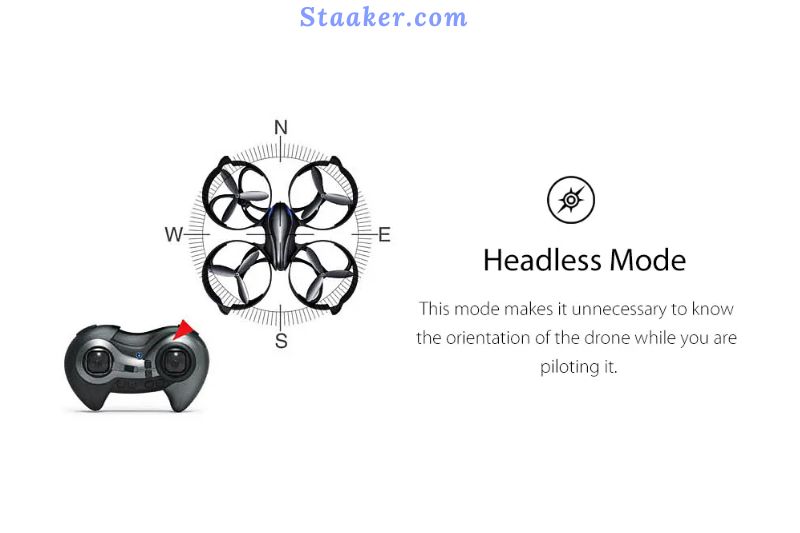
Technically, the feature allows you to align the movements of your quadcopter drone with those of its controller. This function will enable you to move a drone-based on your direction rather than the orientation of its flight path.
For example, if you’re traveling in the right direction (we’re not implying anything about your life here, just to the right! ), the quadcopter will fly to your request. With the Headless Mode enabled, everything gets a little too simple since you no longer need to watch the direction of your quadcopter.
When activated, the quadcopter’s intelligent programs perform the work for you. In Normal Mode, if you start the drone facing ahead and turn it 90 degrees to the left, it will move to the left.
Whether you turn the drone 90 degrees to the left or right in this ode, it will continue to fly in your direction. If you’re a beginner who wants to rack up miles, it’s astonishing how quickly you can adjust to the movements.
Why Does The Direction Of A Drone Matter?
The inability to quickly establish a drone’s direction makes piloting it not always straightforward for novice pilots. Learning to fly presents a steep learning curve for novice pilots, which is exacerbated by the difficulty of comprehending orientation.
How Does Headless Mode on a Drone Work?
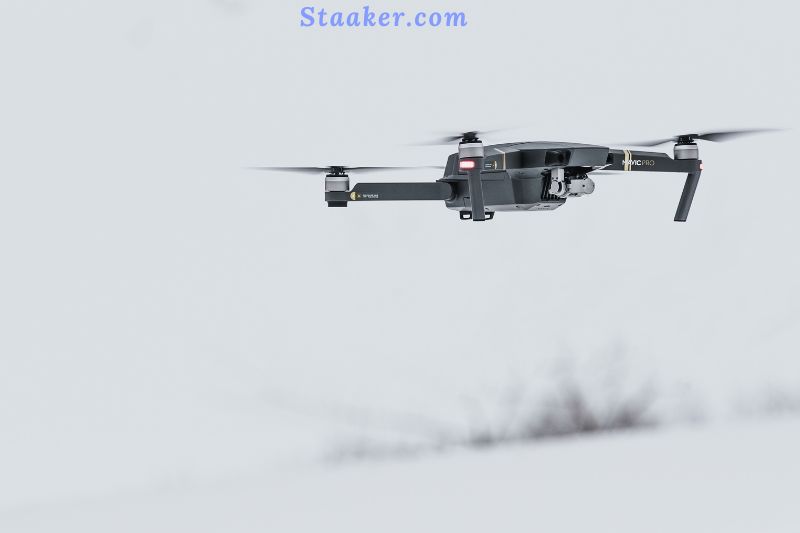
To comprehend how the headless mode on a drone functions, you must first understand the physics of piloting a drone, as drones are unique animals. They resemble flying robots, which have different aerodynamics than, for instance, birds or aircraft.
Your drone’s four propellers (blades) manage airflow to enable flight. Two propellers rotate in the clockwise direction, while the other two rotate in the counterclockwise direction. Each contains a motor that determines the rotational speed. Furthermore, the direction the drone will travel is determined by the rotational speed of a specific pair of propellers.
This mechanism provides the drones with three fundamental maneuvers: Yaw, pitch, and roll.
- Yawing is the rotation of the drone about its axis.
- When the drone goes forward or backward, it is pitching.
- To roll is to move to the left or right.
You can combine these moves to fly in any direction, as all flight patterns, regardless of how complex they may appear, are based on these three movements. Therefore, to perform advanced maneuvers, you must master these basic motions.
This is accomplished by the drone pushing air in the opposite direction. This is when things become somewhat confusing. For the drone to take off, it pushes air downward.
To roll in the correct direction, the drone pushes air in the opposite direction. For the drone to roll to the left, it must push air in the opposite direction. To yaw, it spins all of its propellers at maximum speed. It pushes air forward or backward for pitching, depending on whether the aircraft travels forward or back.
Controls initially feel paradoxical
Do you recall the first time you attempted to reverse out of a parking spot? When moving forward, the car’s wheels are angled to the left by turning the steering wheel to the left. In reverse, however, you must spin the steering wheel where you wish the vehicle’s rear end to travel.
This initially seems odd to many. Steering a drone presents a similar difficulty, which is exacerbated by the fact that you cannot constantly see it in flight.
LEDs can be helpful, but not always
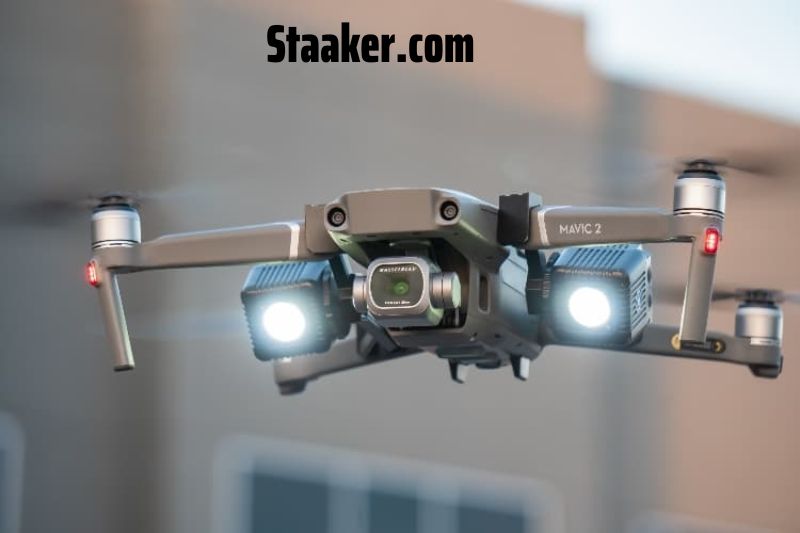
During takeoff, LED lights may assist you in determining which side of the drone is in front, but when the drone flies far enough away, you won’t be able to see the LEDs. To avoid electricity lines, you may need to utilize the remote controllers to turn the drone to the left. However, if the drone is in normal mode and it’s not facing the same direction it was on takeoff, you must fly the drone to the right.
Drone orientation is complex and one of the numerous obstacles that new drone pilots must overcome.
In case you want to find lost drones, we provide some solutions: How to Find a Lost Drone
Advantages Of Headless Mode For Your Drone
There are many advantages to flying without a head, and here are a few of them:
Fly in more windy circumstances
The weather might substantially hamper your ability to fly. Since drones fly by controlling air currents, it is more challenging to fly safely in windy situations. However, washing in this mode helps mitigate the effects of wind by granting you greater control over your device.
Moreover, the more control you have over shifting weather circumstances, the safer your flight and landing will be. The chance of losing control and crashing drastically decreases.
Fewer accidents
Whether flying in a city or a rural area, this mode can help avert unpleasant incidents. When flying in this mode, you are less likely to become disoriented, crash into a structure, or become entangled in a tree. Maintaining orientation and, consequently, control keeps your drone safe from danger.
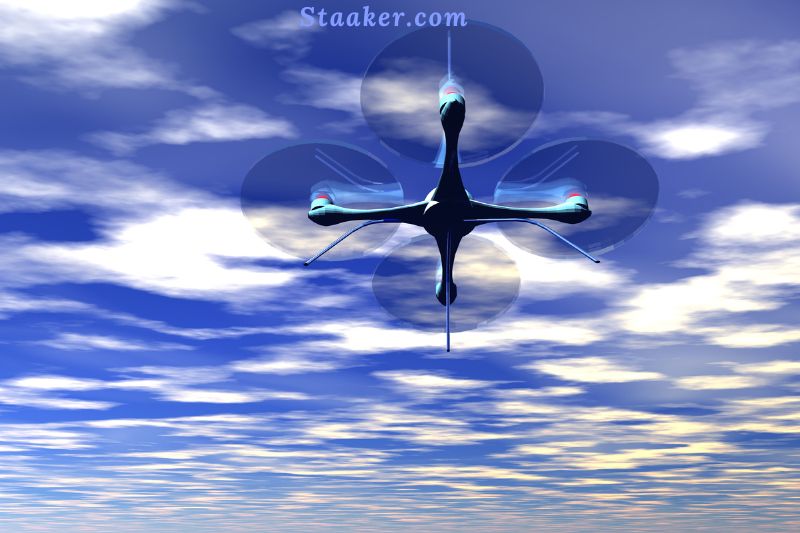
Beginner-friendly flying
It is a beginner-friendly drone flying mode. It is helpful for folks who have just purchased their first drone and require training wheels. You can experiment with movements and even design your own when flying in headless mode. It is somewhat more accessible, especially for beginners.
More command, velocity, and room
When flying recreationally, this mode can provide additional space for attempting trick maneuvers. With this mode, you will be more in the zone even if you’re competing in a drone race with buddies. You don’t want to mistakenly roll left when you meant to roll right in the heat of the moment. In these circumstances, flying freely will give you greater freedom, space, and velocity.
Downsides of Using Headless Mode on Your Drone
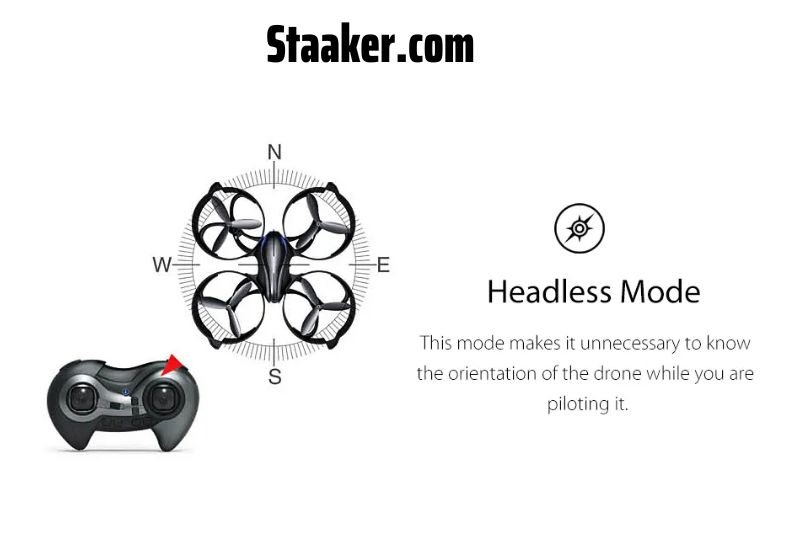
The mode of a drone may also have certain disadvantages.
Mastering the headless mode
Even though flying your drone in headless mode is considerably simpler than flying without it, you must still learn how to do so. It is more akin to a vocational school where you will perform some work. In addition, this is an excellent chance to learn about speed and altitude limits. It may be initially puzzling, but it is essential.
Once you have mastered the fundamentals of headless mode, you can fly like an expert without it, but there will be another learning curve to overcome.
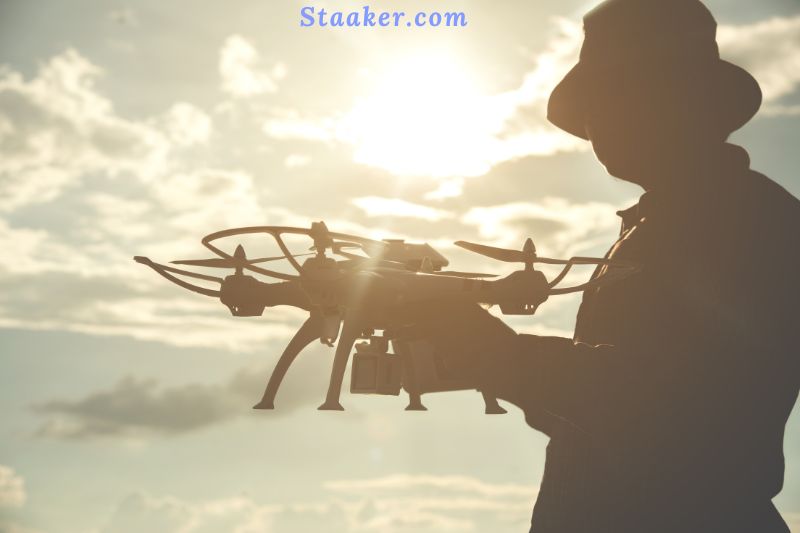
It’s intoxicating
This mode is so easy to fall in love with that it becomes the default flying option. If your brain adapts to it, it may be challenging to switch to other states. In addition, too much time spent in headless mode will usually make it challenging to fly. If your current drone supports the mode, purchasing a new one that does not will need you to relearn how to fly.
It’s somewhat hazardous
The headless mode relies on the drone’s inbuilt magnetic sensors. Therefore, flying in an area with a high level of electromagnetic interference (e.g., cell phone towers) could enhance the likelihood of a crash. You must be cautious because flying safely in such locations will be challenging.
It might not be necessary
Headless mode on FPV (first-person view) drones is relatively ineffective. The most significant advantage of a headless drone is that it indicates the direction your device is facing. You are in the driver’s seat with a camera attached and FPV goggles on your face. In such instances, orientation is considerably more intuitive.
Hence headless mode is unnecessary. Possibly the only time you would want to use this mode in such a situation would be to take an aerial selfie.
How High Can A Drone Fly? see this guide to know the details.
FPV Vs Headless mode
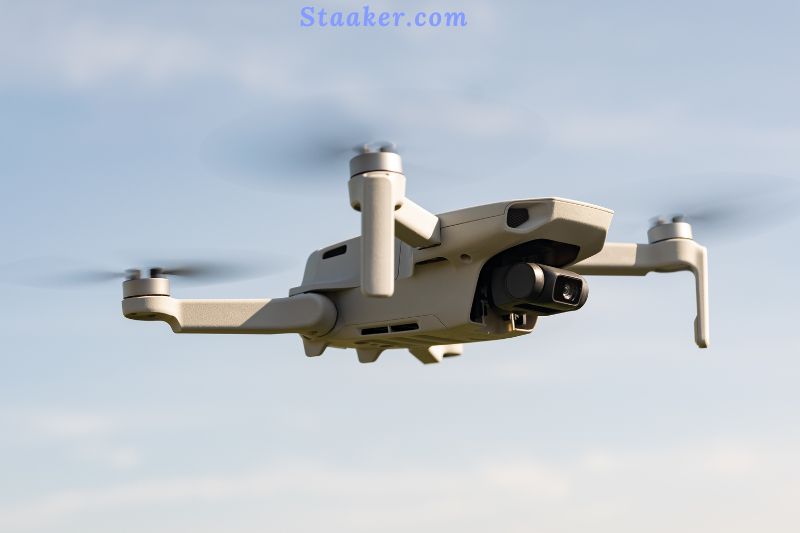
If your device has a camera and FPV mode is an option, it is typically the most effective approach for flying. It is self-explanatory, and you will always be aware of the location and direction of your drone.
If you cannot monitor the FPV feed from your drone, headless mode is an excellent alternative flight option. You may confidently fly, knowing that the drone can avoid obstructions and always keep the expected orientation.
Should You Operate Your Drone In Headless Mode?
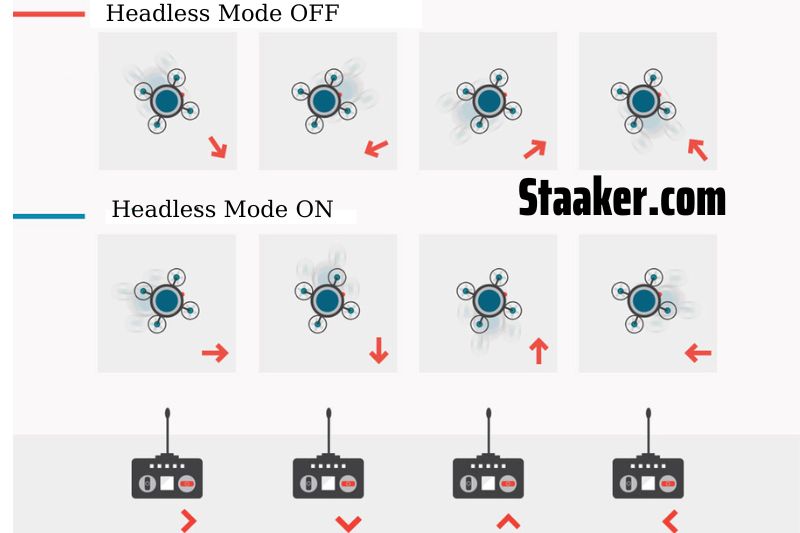
I do not recommend using headless mode as your default method of flight. You should also test other modes. In certain circumstances, it is imperative to fly headless. In some instances, it may impede your experience. Thus, it depends on your objectives.
When you become overly enthusiastic and fly too far, switching to headless mode will assist you in safely returning to base. In such a circumstance, it is advised to operate your drone in headless mode. Additionally, it will help you prepare for an FPV flight.
Before moving to standard flight mode, it can give you an advantage when learning to fly. It is an excellent introduction to efficiently flying a drone. Ultimately, this mode should only be used when it is essential.
I like to equate headless or regular flight to manual versus automatic driving. Manual driving is more pleasurable and engages the driver. However, there are situations when automatic is desired. Flying without a head is not fatal, but it has its purposes.
FAQs
Is it considered cheating to operate a drone at an advanced level?
Headless Mode is advantageous for both advanced and novice drone operators. The functionality provides sophisticated users with a viable method for returning a drone to the position of the controller. You can rely on it to determine whether you are moving forward or backward.
Using the advanced pilot capability does not necessarily constitute cheating. However, depending on it excessively when your technical skills are sufficient can constitute cheating. You must be aware of the situations in which they may be helpful to you. Always rely on your piloting talents to get the most out of your device instead of taking shortcuts.
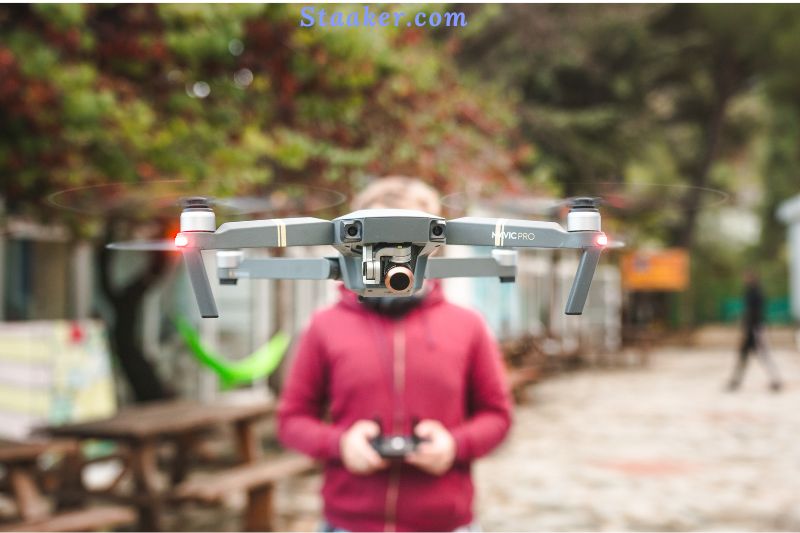
Should Beginners Use Headless Mode When Flying Their Drones?
For a good reason, most skilled drone teachers advise their students to use Headless Mode. The feature’s algorithms perform the majority of the flying nearly on autopilot, preventing you from understanding the motions of drones in the air.
It is also common knowledge that it prohibits you from seeing what the camera on your drone views. First-person view (FPV) provides superior aerial imagery for commercial applications such as inspections and drone racing.
Beginner pilots who aim to become professionals in the future shouldn’t rely too heavily on flying with it, as most commercial drone applications don’t use it. Your chances of landing a job will be marginally diminished if you become accustomed to it. This feature can be helpful if you are starting and wish to distinguish which direction is forward and which is backward.
When enabled, it can also fly the drone in reverse to return it to its original place, which I would say is pretty cool! However, switching from Headless Mode to Normal Mode can be challenging if you have been operating the drone in this Mode.
Can Headless Mode be used while flying FPV?
When utilizing Headless Mode, achieving a first-person perspective (FPV) isn’t easy. With FPV, you can observe every object your drone’s camera interacts with, either viewing a screen or wearing goggles.
You must monitor the orientation of your device to obtain a first-person perspective. It cannot be relied upon when flying FPV due to its inability to track the device’s orientation.
Conclusion
Most drones come with a headless mode feature. This allows the drone to be flown without needing a pilot to adjust the throttle constantly. In this mode, the device will automatically fly in the direction the pilot is facing.
This can be extremely helpful for beginners still getting used to flying a drone. Staaker.com hopes you find this headless mode drone article useful

